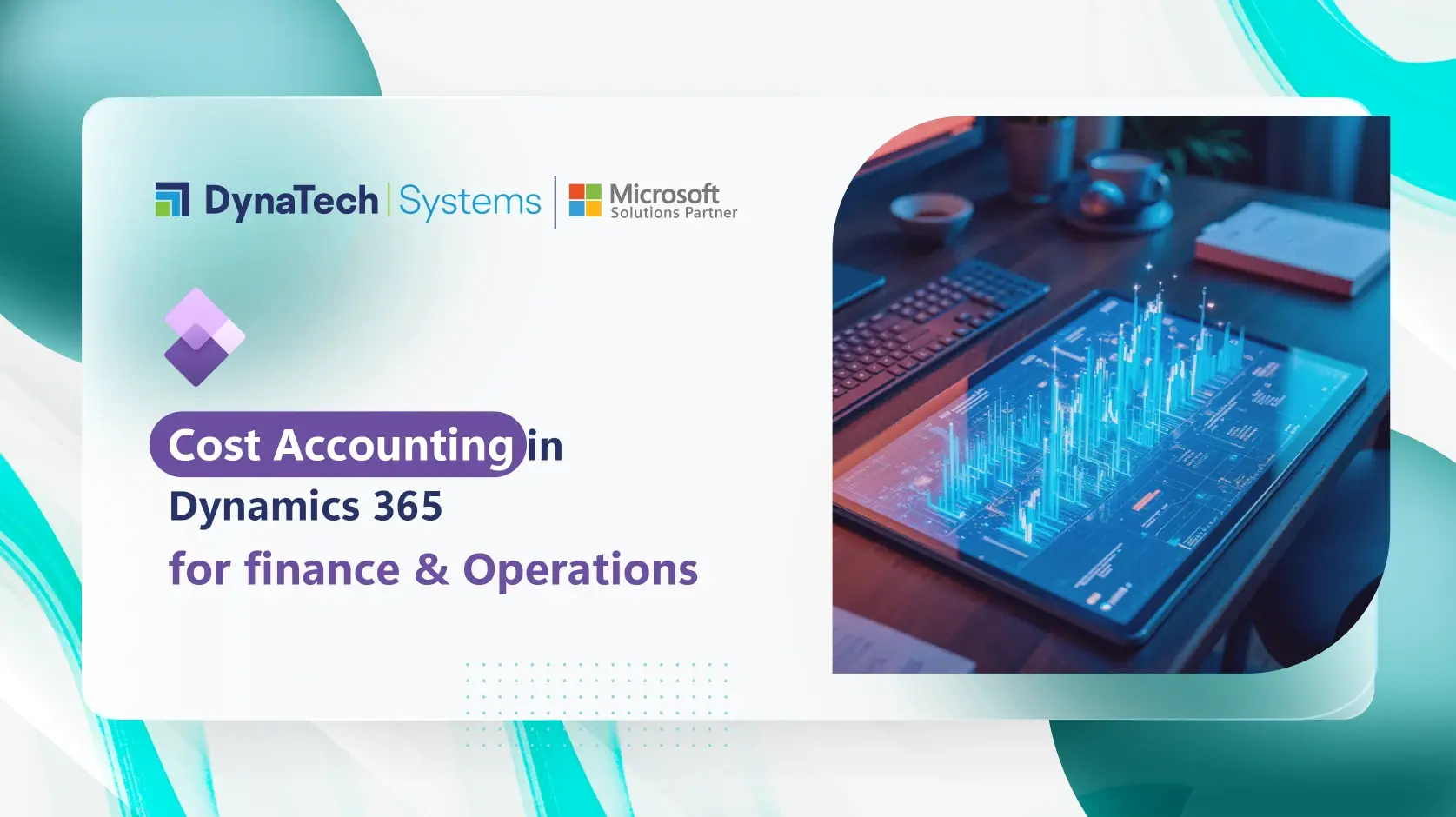Cost accounting is a vital tool for effective business administration, providing critical information about costs and revenues to support key decision-making.
Cost accounting in Microsoft Dynamics 365 for Finance and Operations, Enterprise Edition (formerly Microsoft Dynamics AX) enables in-depth analysis of fixed and variable expenses to provide a comprehensive overview of all costs associated with your business activities. The module enables cost flow analysis and visibility into all cost elements within the organization, allowing detailed estimates of financial performance and profitability for business processes and units.
Get a thorough cost accounting overview
Cost accounting in Microsoft Dynamics 365 for Finance and Operations, Enterprise Edition, offers powerful cost accounting features that enable you to convert financial management information into cost data and easily compare and reconcile your chart of accounts with cost categories.
Its specialized cost accounting capabilities enables cost reallocation when needed and provide a context-free overview without modifying G/L entries. This ensures that you always have control over all cost-relevant business data and can rely on precise and trustworthy analysis data for informed decision-making processes.
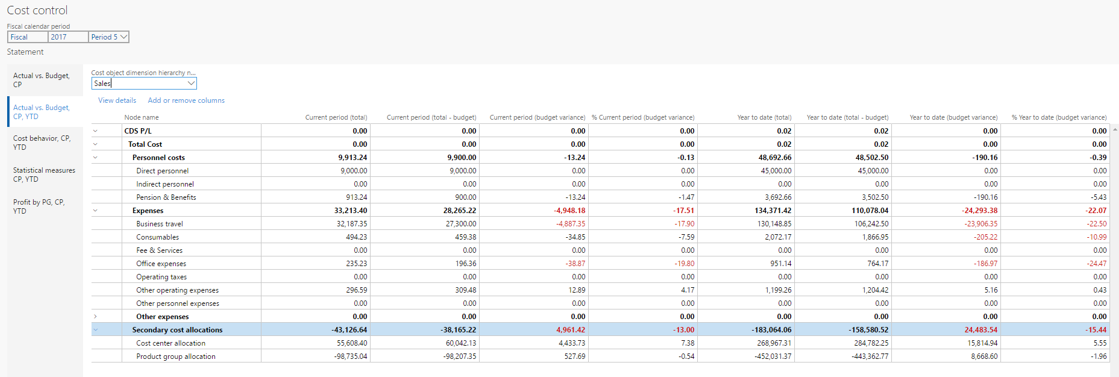
Exporting Data from Cost Accounting to Excel 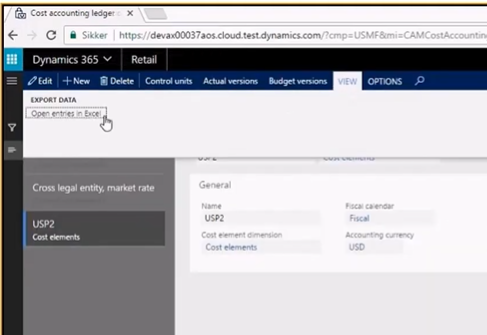
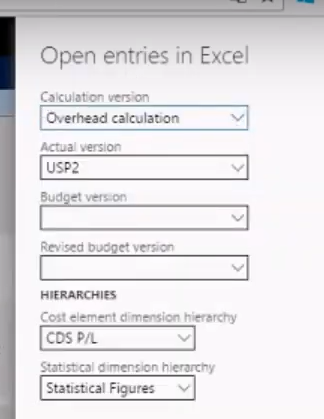
Highlights of Microsoft Dynamics ERP’s Cost Accounting module
Now that you understand what cost accounting is in Microsoft Dynamics 365 Supply Chain Management and Microsoft Dynamics 365 Finance (Previously Finance and Operations) and its benefits, let’s examine the key aspects of this module that can assist you in your daily operations:
Financial Dimensions
Two types of financial dimensions serve as account segments for charts of accounts: custom dimensions and entity-backed dimensions. Developing and managing these financial elements without powerful technology tools can be difficult.
The cost accounting tool of Microsoft Dynamics 365 ERP enables you to quickly modify, activate, create, and delete these financial aspects. Additionally, you can align these financial dimensions with different entities and tailor them to each legal entity using a unique set of rules. Microsoft Dynamics 365 ERP is advantageous due to the many financial dimension customizations that may be implemented.
Access Rights to Expense Items
We all know that accounting data is extremely vulnerable to security breaches. In addition to evaluating Microsoft Dynamics 365 for cost accounting based on its performance, it is vital to analyze this functionality based on its security.
The cost control workspace provides cost managers with an overview of the performance of cost objects and controls access to this data. You can allocate and adjust a staff member’s level of workspace access based on their specific needs.
Mobile Workspaces for Cost Accounting
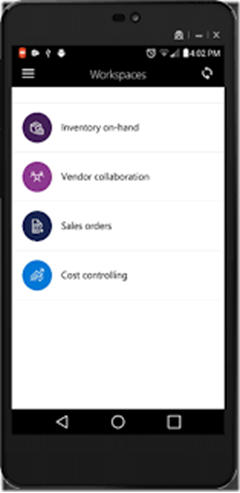

Microsoft Dynamics 365 for Finance and Operations Features
Global Entry Forms
With the growth of the shared services model and the resulting requirement to improve human resource use, Microsoft Dynamics 365 for Finance and Operations has advanced this capability. Users can now make purchase invoices for purchase orders or enter a journal entry in other businesses without switching between various legal entities/companies, saving them time and effort.
Advanced Bank Reconciliation
As the requirement for detailed reconciliation between bank account statements and the ERP system increases, the sophisticated bank reconciliation function is crucial for enhancing finance teams’ efficiency.
In the past, bank reconciliation was a tedious and stressful process, involving manual comparison of each transaction from the bank statement with transactions in the system, along with establishing special processes for importing statements.
However, with the advanced bank reconciliation feature in Microsoft Dynamics 365 for Finance and Operations, you can now directly import industry-standard bank statement formats/structures (e.g., MT940, ISOXMl2022, BAI, etc.) with matching rules based on amounts and/or dates. This powerful tool significantly boosts productivity for financial teams, minimizing the need for manual interaction.
Budget Planning and Management
Microsoft Dynamics 365 for Finance and Operations offers built-in budget planning features with monetary and quantity possibilities (for FTE numbers, etc.) and many workflow phases for approvals. With out-of-the-box budget controls for project cost control, purchasing cost control, etc., you can set up tighter limits on expenditures, providing greater visibility into costs and better preparation for the future.
Management Reporter
With Management Reporter, an out-of-the-box financial reporting tool in Microsoft Dynamics 365 for Finance and Operations, you can easily configure reports to meet your organizational specifications. This eliminates the need for developers to create balance sheets, income statements, and other financial reports. You can also schedule these reports to run weekly or monthly, and then analyze them. Additionally, you can build consolidated reports using financial reporting, providing a comprehensive view of your organization’s financial performance.
Final Thoughts
In conclusion, Cost Accounting is a vital component of Microsoft Dynamics 365 for Finance and Operations, providing organizations with accurate expense monitoring and control. Its powerful tools and functionalities empower businesses to make informed decisions based on real-time data, optimizing operations for improved profitability. Want to take more informed decisions? Consider integrating cost accounting with SAP.
Integrating cost accounting with supply chain management offers greater visibility into inventory levels, production costs, and logistics expenses, leading to informed decisions on pricing, sourcing, and distribution, resulting in better supply chain cost control. Microsoft Dynamics 365 for Finance and Operations provides a comprehensive solution for businesses to effectively manage their costs and drive financial success. Contact us today at sales@dynatechconsultancy.com



























